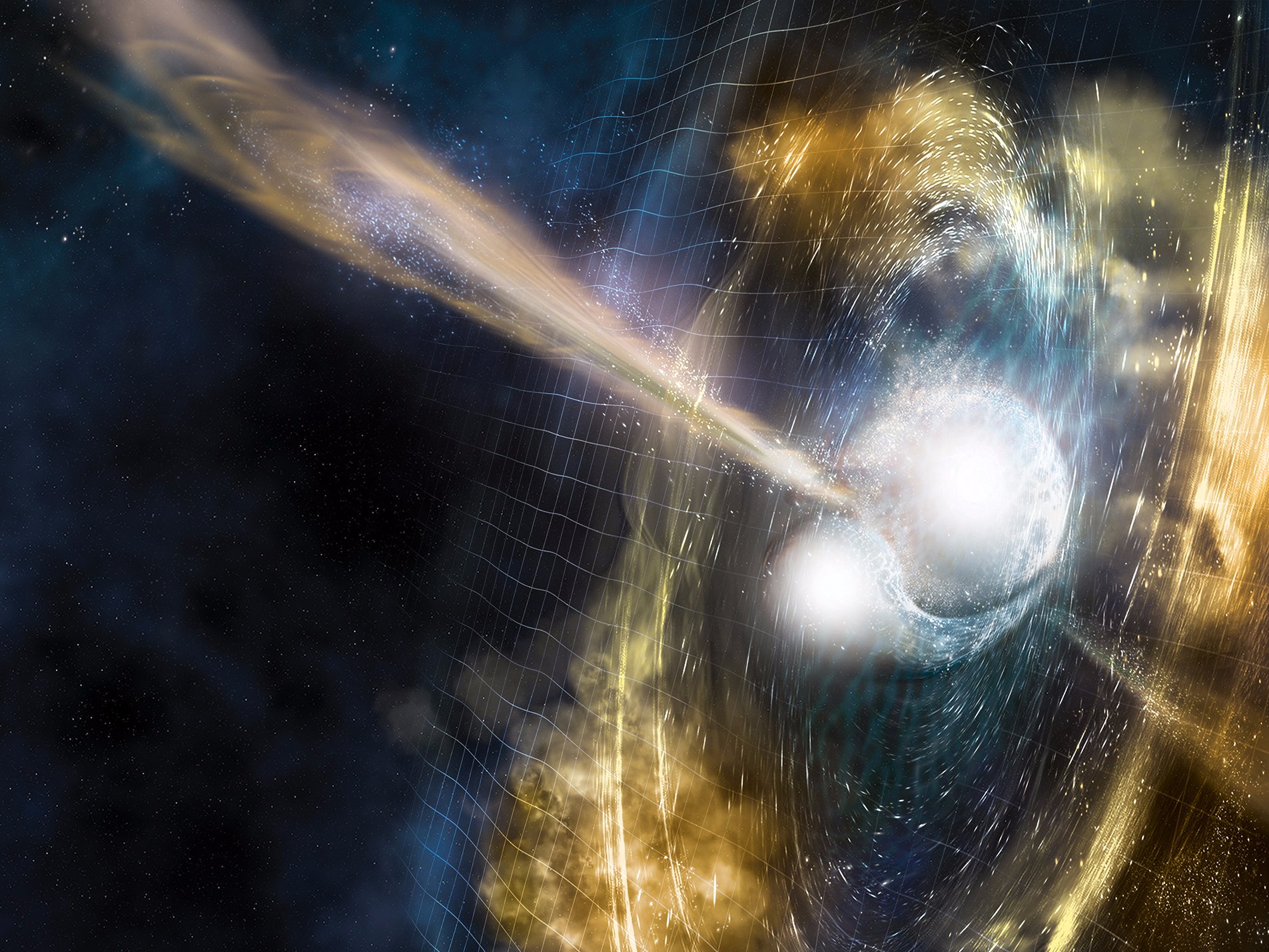
Robin Dienel/Carnegie Institution for Science
It was a big year for science, which means it was a tough job picking our favorites. Here, we summarize 2017 with some of the most exciting stories in science.
Colliding stars reveal the origin of gold
The detection of gravitational waves for the first time in 2015, proved the Einstein-predicted space phenomena and has since been very fruitful for science.
When two neutron stars collided 130 million light years away, not only did the collision send gravitational waves all the way to Earth, it also solved a long-standing mystery, where does gold come from? The huge cloud of colorful matter thrown out in the collision confirmed that heavier elements like gold and platinum were formed.

In 2017, scientists at the National Science Foundation, LIGO, MIT, Caltech, and other institutions detected gravitational waves from the merging of two neutron stars. The light resulting from this collision could also be seen – and confirmed – by ordinary telescopes.
The new observation techniques provide new knowledge about the composition of stars and can teach us more about the most extreme events in the universe. Science Magazine marks this event as the year’s biggest scientific breakthrough.
Genetic engineering enters the next phase
The techniques for editing our genes took a big step forward in 2017. Both Science and Nature highlight genetic engineering in their respective lists for the breakthrough of the year.
This summer, researchers managed to correct a mutation that causes heart failure in human embryos using the CrisprCas9 gene scan.
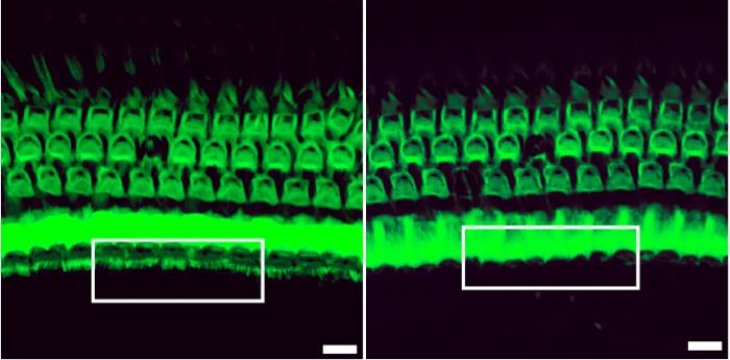
And recently, researchers reported using the same tools to prevent mice from hereditary hearing damage.
Life’s smallest movements
The technology that allows freezing of cells and watching still images of the very smallest details was awarded this year’s Nobel Prize in Chemistry.
Researchers who use cryo-electron microscopy have contributed so much knowledge about what controls the mechanisms of life that they are on the Science list of this year’s breakthrough.
Harvard Medical School and Cornell University scientists generated near-atomic resolution snapshots of CRISPR that reveal key steps in its mechanism of action. The findings, published in Cell on June 29, provide the structural data necessary for efforts to improve the efficiency and accuracy of CRISPR for biomedical applications.
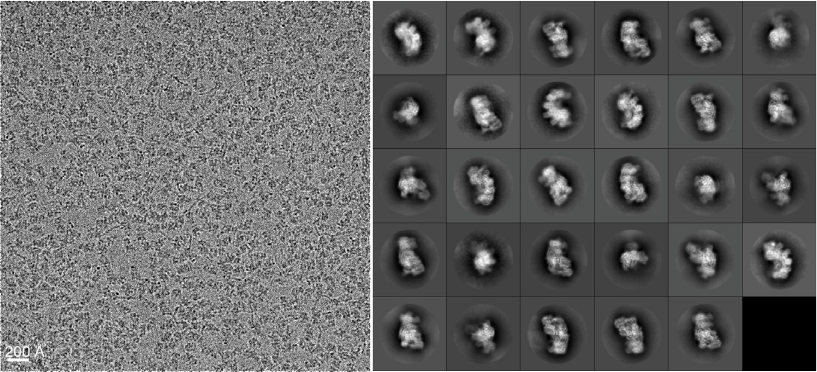
Some pictures have shown how our cells repair damage to their DNA strings, others have shown in detail how plaques appear in the brains of Alzheimer’s patients.
The cryo-electron microscope has also contributed to genetic engineering by providing sharp images on the CrisprCas9 gene axis when it cuts genes.
Artificial intelligence takes a step forward
This year, artificial intelligence took a big step forward when the Alpha Go zero computer program managed to beat all opponents by learning the game on its own. The program defeated all previous versions of the program, including the version that has won over the world’s best Go players.
Artificial intelligence can be used in the future to further develop the technology behind self-driving cars, discover ways to reduce energy consumption or find new materials etc.
Humans are older than thought
In September, news broke about a sensational finding of human remains in South Africa, suggesting that modern humans may have walked the Earth 300,000 years ago. This would imply that homo sapiens is 100,000 years older than we previously thought.
The researchers examined the genes of seven individuals living during the Stone Age and Iron Age in present-day South Africa. Using estimates of how often mutations occur in human DNA per generation, the scientists calculated backward in time.
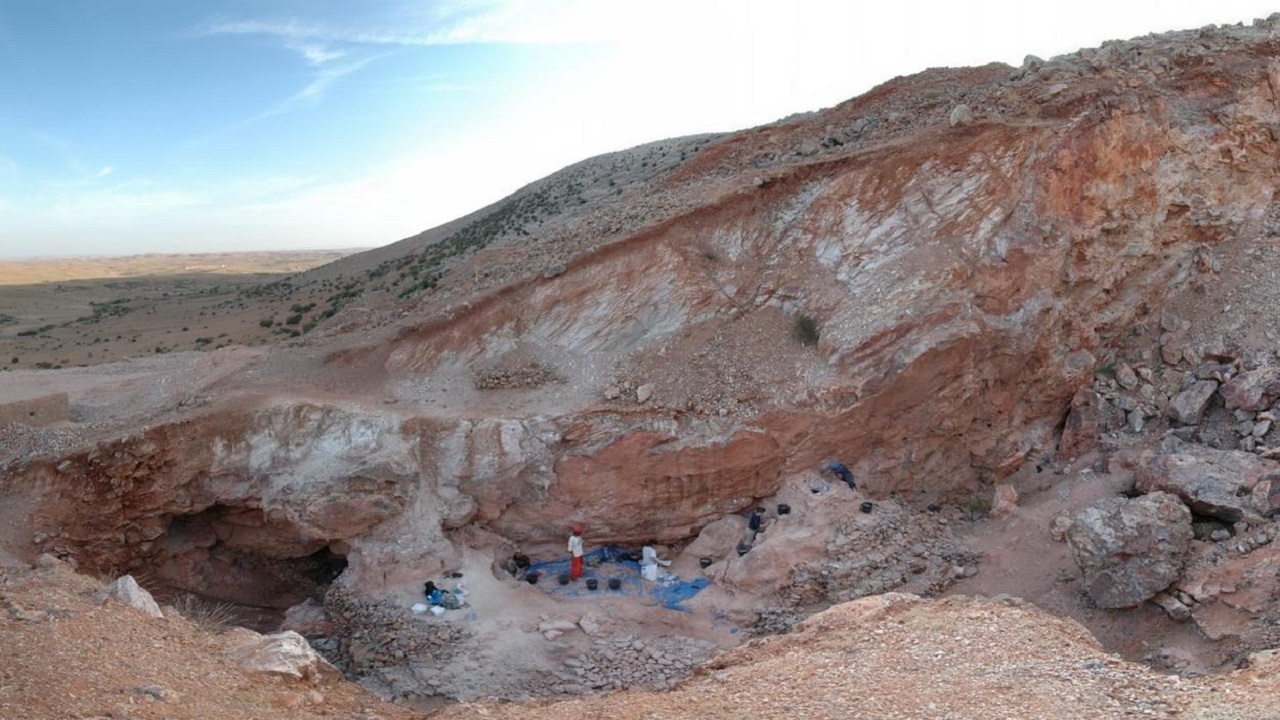
An unexpected finding in Morocco this summer revealed the remains of several individuals dating back to about 315,000 years ago, supporting the theory that modern day humans occurred earlier than we thought. And was more widely spread in Africa than previously believed.
SpaceX’s reusable Falcon 9 rocket
No one can ever accuse Musk of thinking small about, well, anything. And his frustration with our current outdated methods of transportation is understandable. Musk looks for solutions below and above ground, the Boring Company, hyperloop, and interplanetary rocket, the billionaire technologist is convinced that we should be able to travel faster.
This year marks a big step forward in affordable private spaceflight, with SpaceX’s successful launch of three previously-flown rocket boosters. A major step forward in space travel. Futuristic space businesses depend on ever-cheaper trips to orbit, and Musk—along with burgeoning competitor Jeff Bezos’ Blue Origin—is poised to deliver.
Humans May Have Originated In Europe
A pair of finds in 2017 challenged the established notion that humans have originated in Africa. An international team analyzed fossils of the human ancestor Graecopithecus freybergi from Greece and Bulgaria and dated them to be from about 7.2 to 7.1 million years ago, making it possible that humans originated somewhere in the eastern Mediterranean.
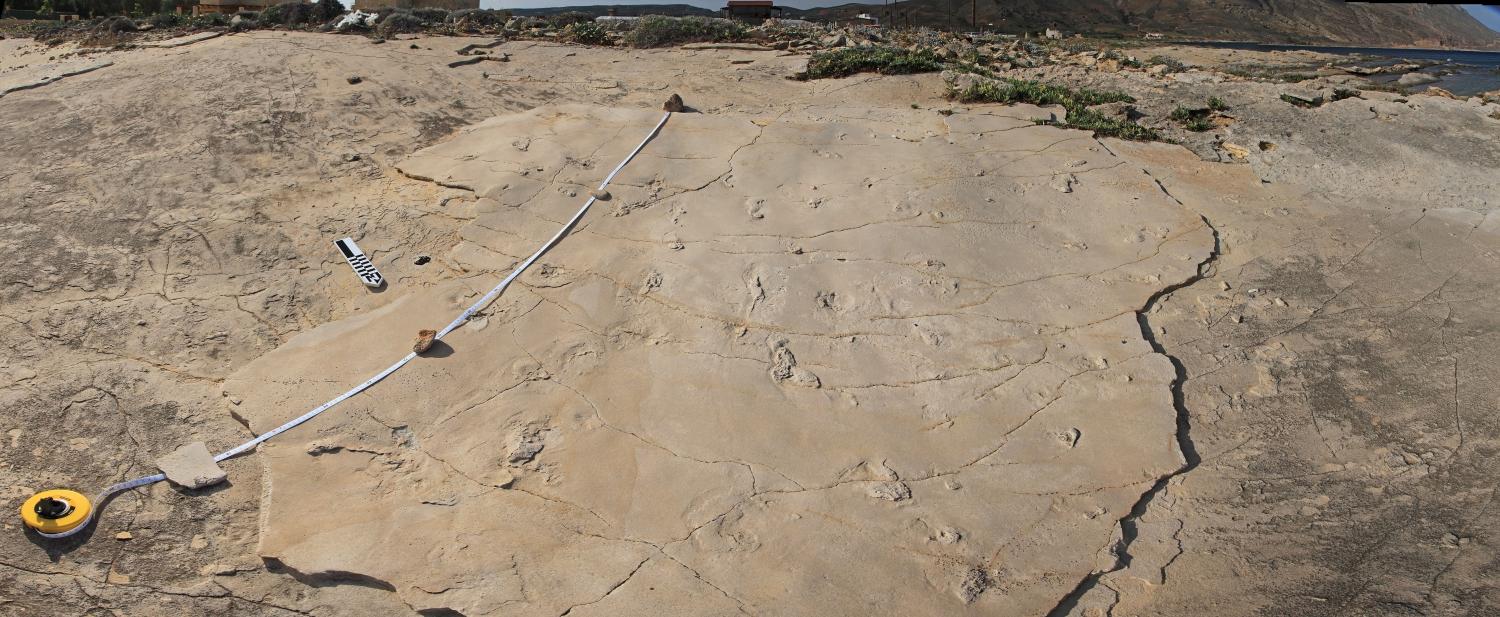
Credit: Andrzej Boczarowski
Then, a study published shows us what could be the world’s oldest human footprints, but what makes this study much more interesting is where they were found, in Crete. The 5.7 million years old fossil footprints cast doubt on human evolution timeline.
Floating wind farms
Solar and wind energy are essential in an era where climate-change mitigation is a desperate need, but they also both require far more area than fossil-fuel energy sources.
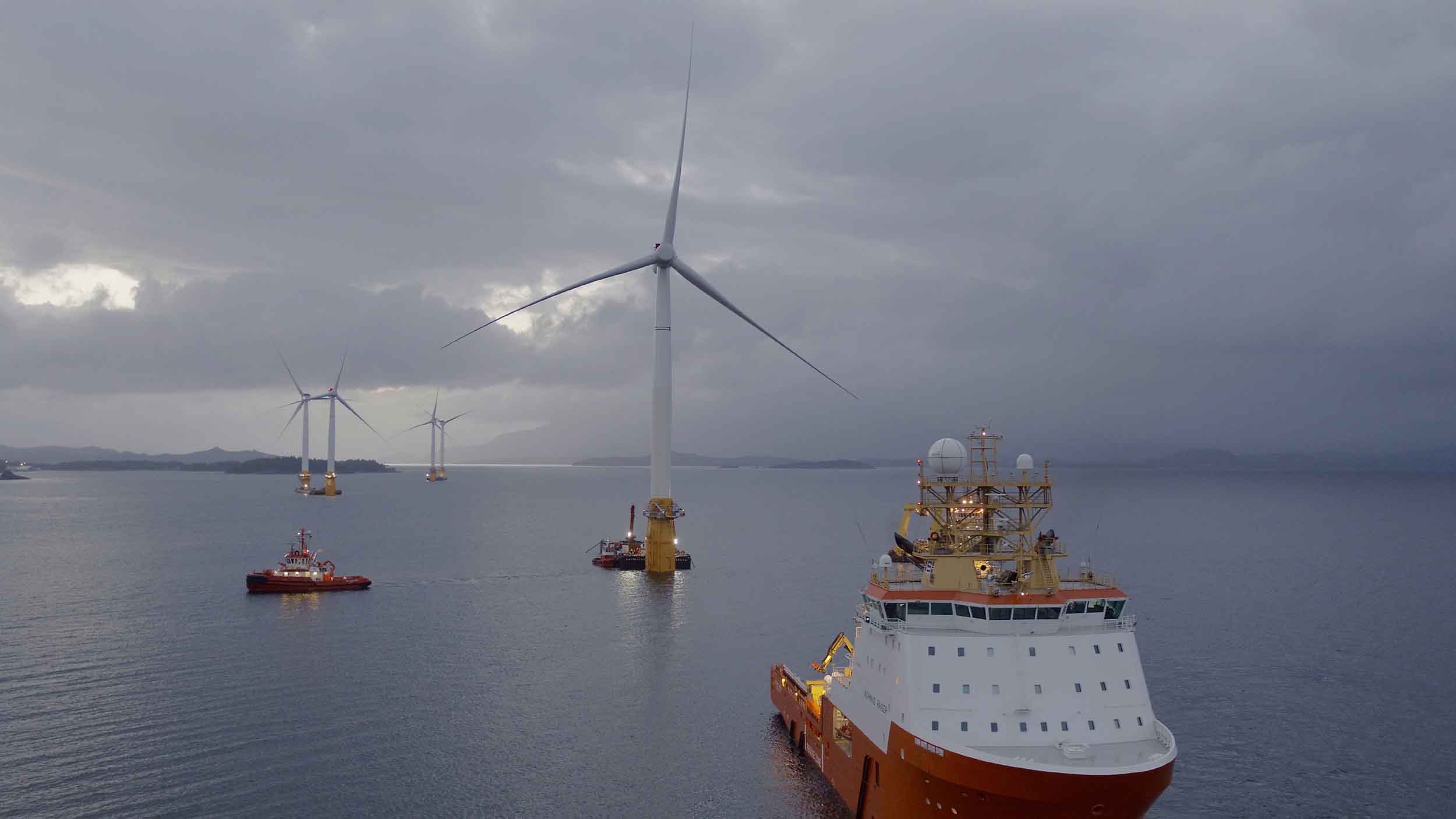
In July, the Norwegian energy giant Statoil launched the world’s first floating wind farm off the coast of Scotland. Smart software keeps the turbines upright by twisting blades in response to the motions of the wind, waves, and ocean currents.
Planets where there may be life
Astronomers found seven earth-like planets around the star Trappist-1, about 39 light years away. Three of these are within the habitable zone and reminiscent of the Earth.
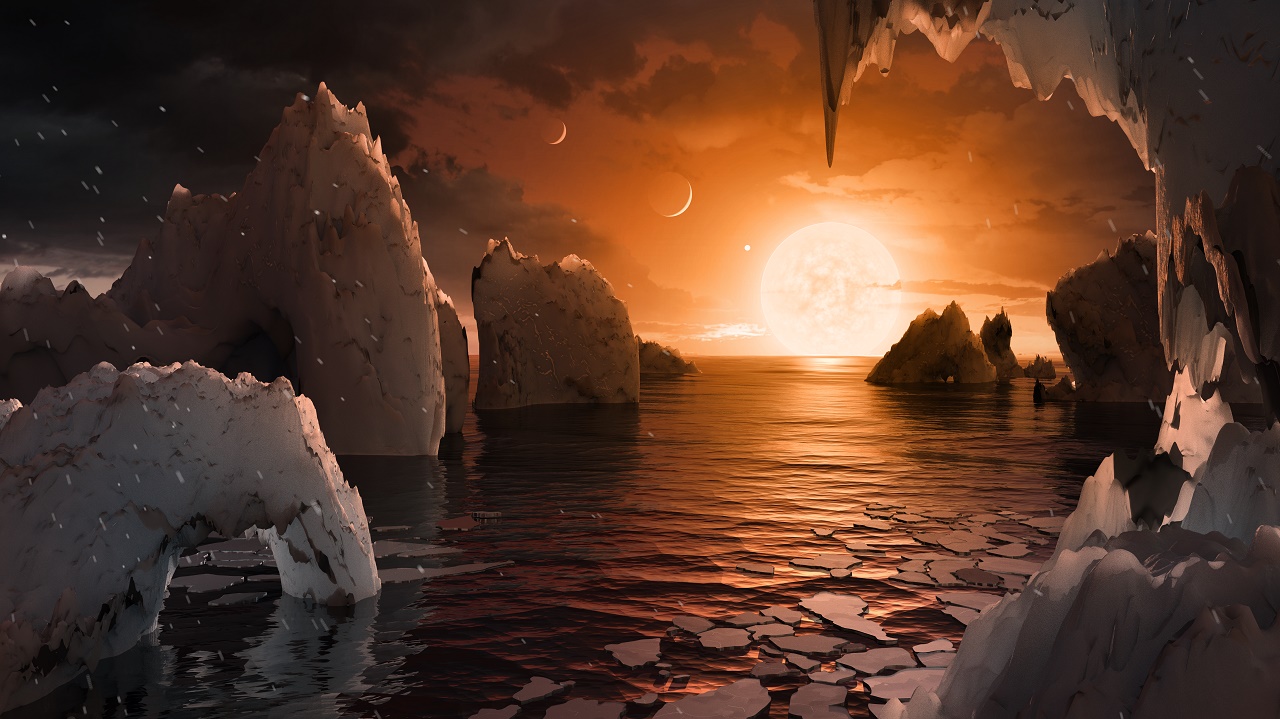
If there is liquid water is present, an atmosphere of oxygen and other elements that are important for life to occur could be as well, these planets could be the hottest candidates in the pursuit of life.
This year there’s been further exoplanet-cause for excitement. It’s been realized that even more planets may be orbiting very small faint stars. The nearest star, Proxima Centauri, has a planet orbiting it not much bigger than Earth. Its “year” is only 11 days. But it’s in the habitable zone because Proxima Centauri is a red dwarf star about 100 times fainter than the sun. And there’s hot news that a similar star, 40 light years away, may have three planets in its habitable zone.
These are just some of the stories for the densely packed science news year of 2017, we hope the next year will be even more so. Here are some of the runners-up to the above list: We had the first detected interstellar object in our solar system, we found ingredients for life on dwarf planet Ceres, Cassini made its “Grand Finale” at Saturn and NASA scientists announced the detection of a possible energy source for life in the liquid- water ocean on Saturn’s icy moon Enceladus.






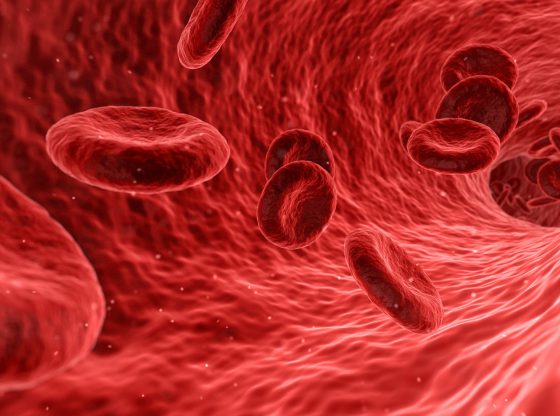




![OpenAI. (2025). ChatGPT [Large language model]. https://chatgpt.com](https://www.illustratedcuriosity.com/files/media/55136/b1b0b614-5b72-486c-901d-ff244549d67a-350x260.webp)
![OpenAI. (2025). ChatGPT [Large language model]. https://chatgpt.com](https://www.illustratedcuriosity.com/files/media/55124/79bc18fa-f616-4951-856f-cc724ad5d497-350x260.webp)
![OpenAI. (2025). ChatGPT [Large language model]. https://chatgpt.com](https://www.illustratedcuriosity.com/files/media/55099/2638a982-b4de-4913-8a1c-1479df352bf3-350x260.webp)








